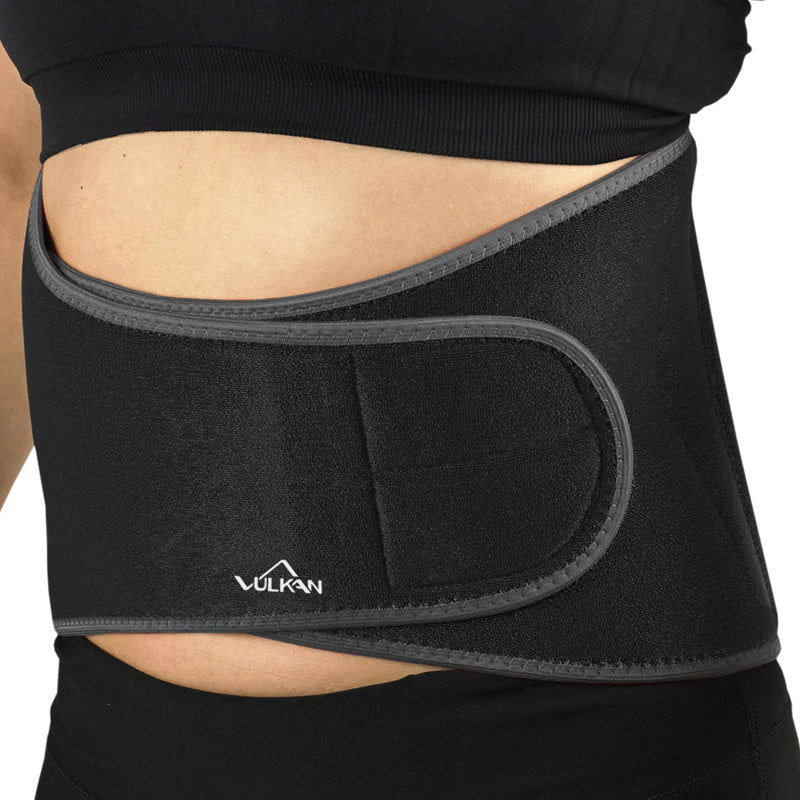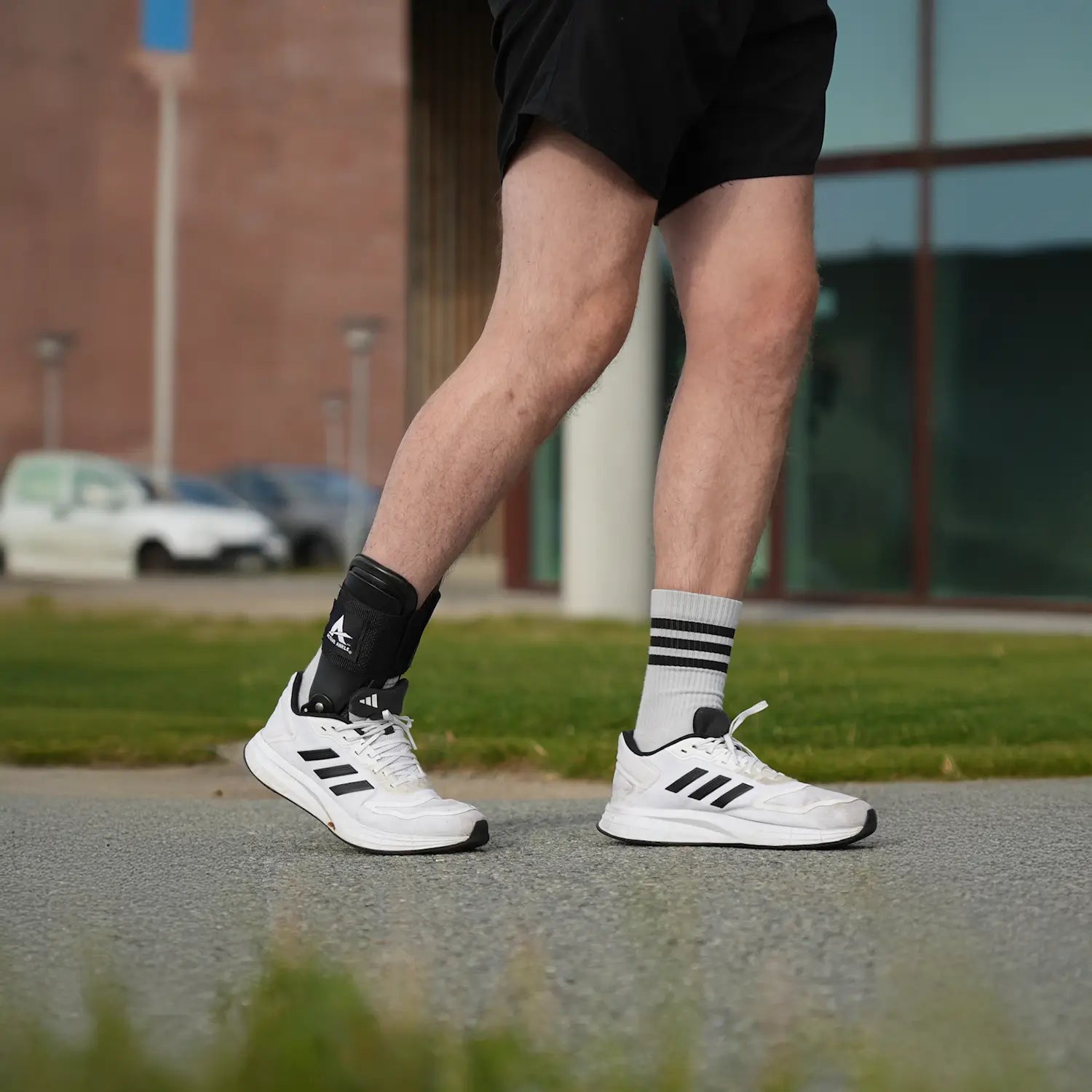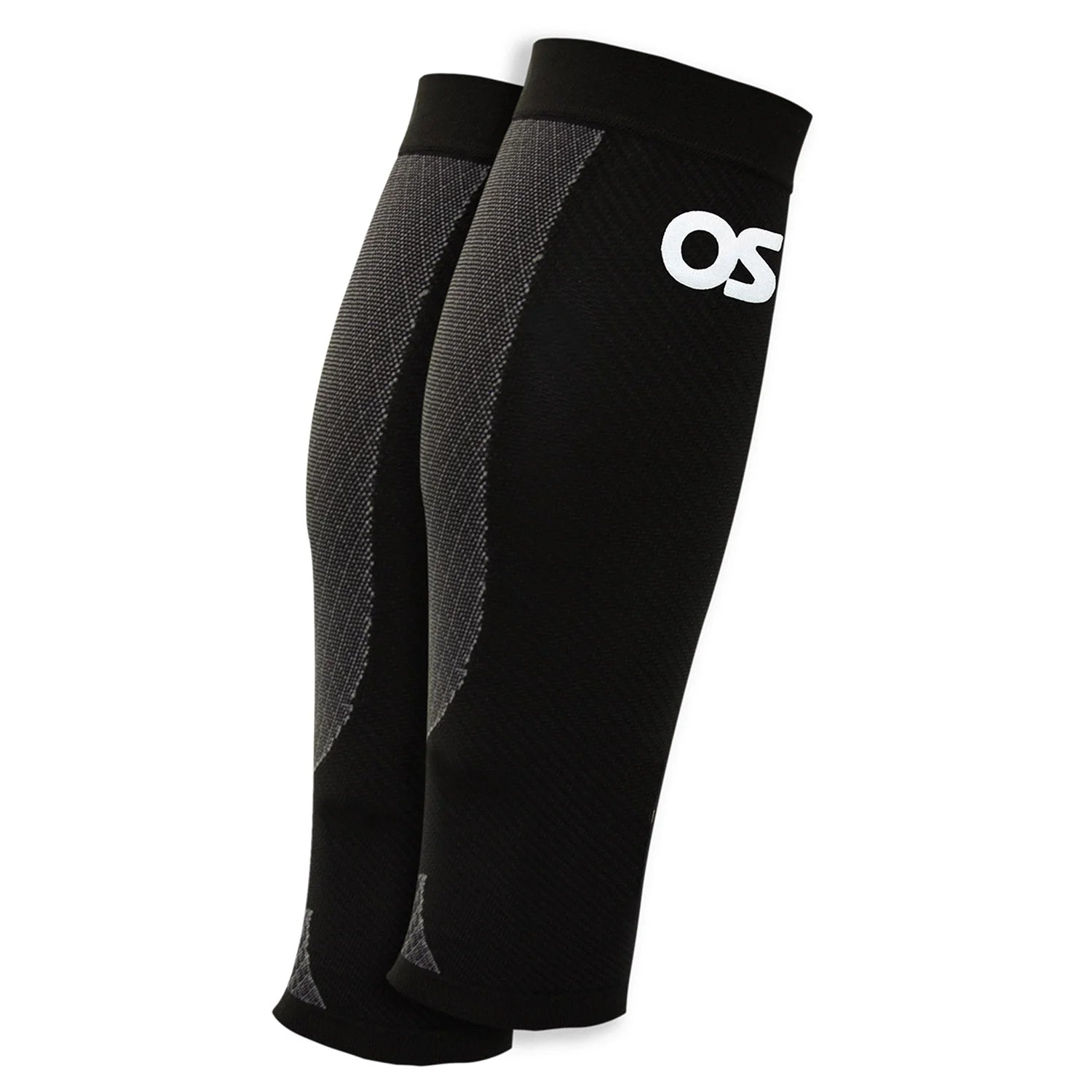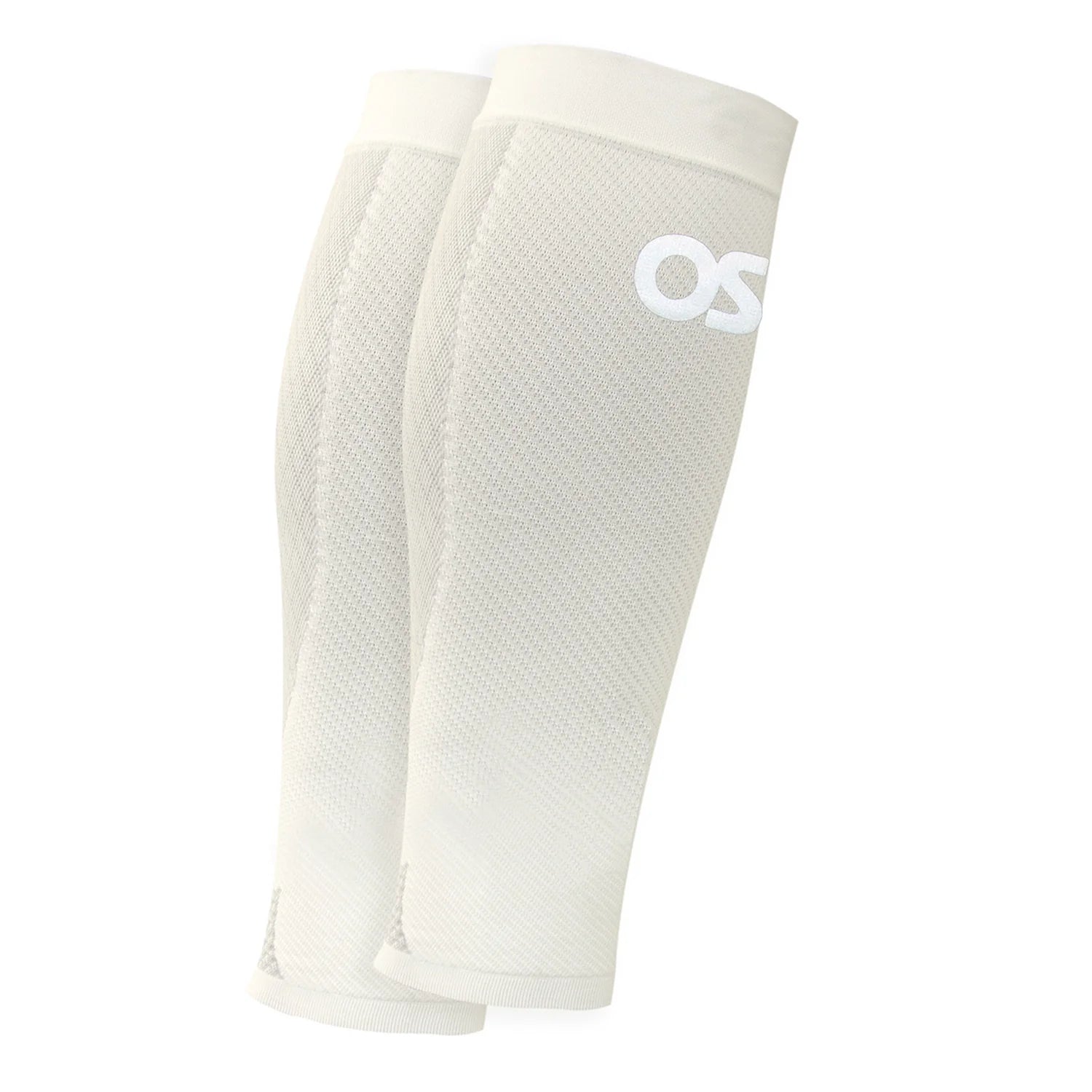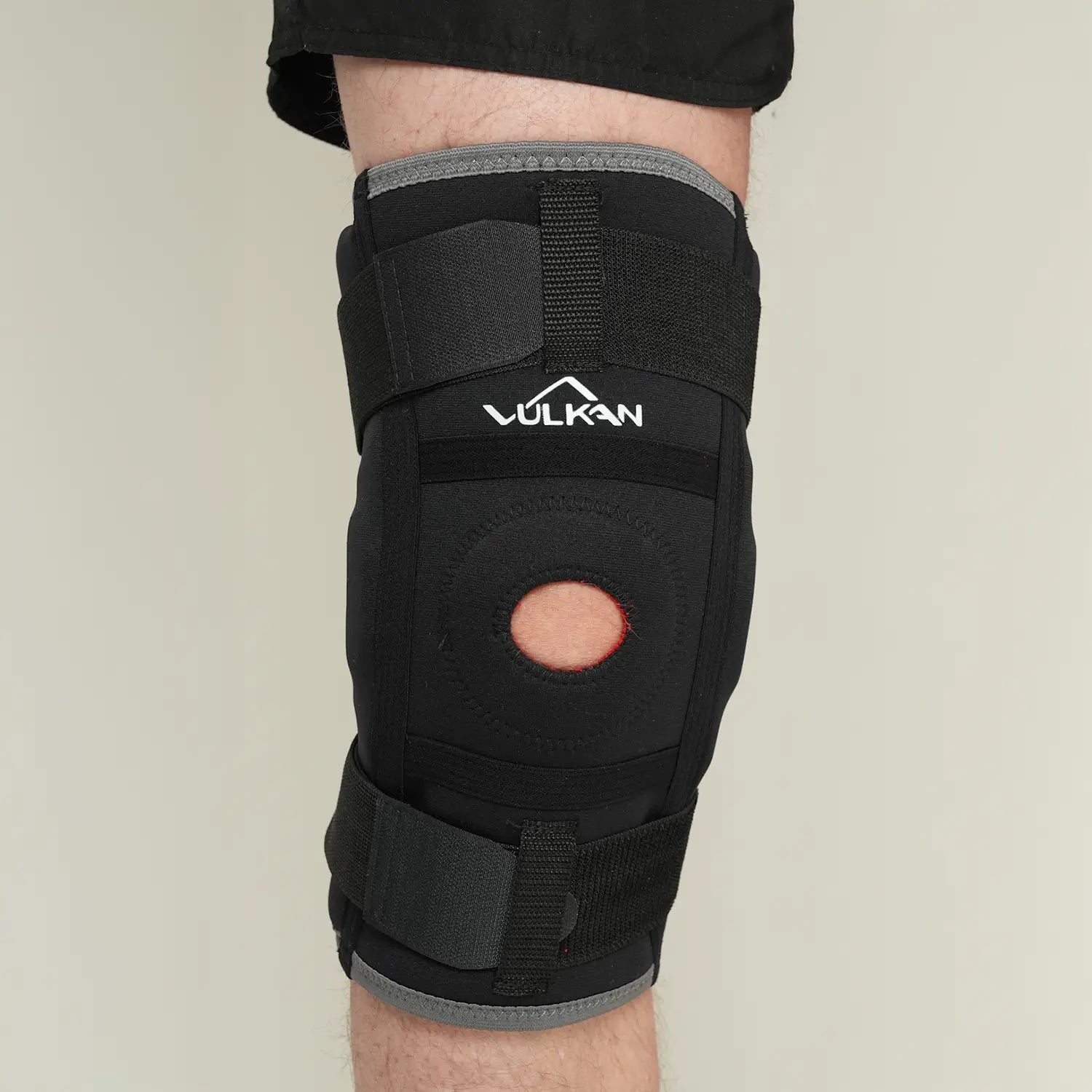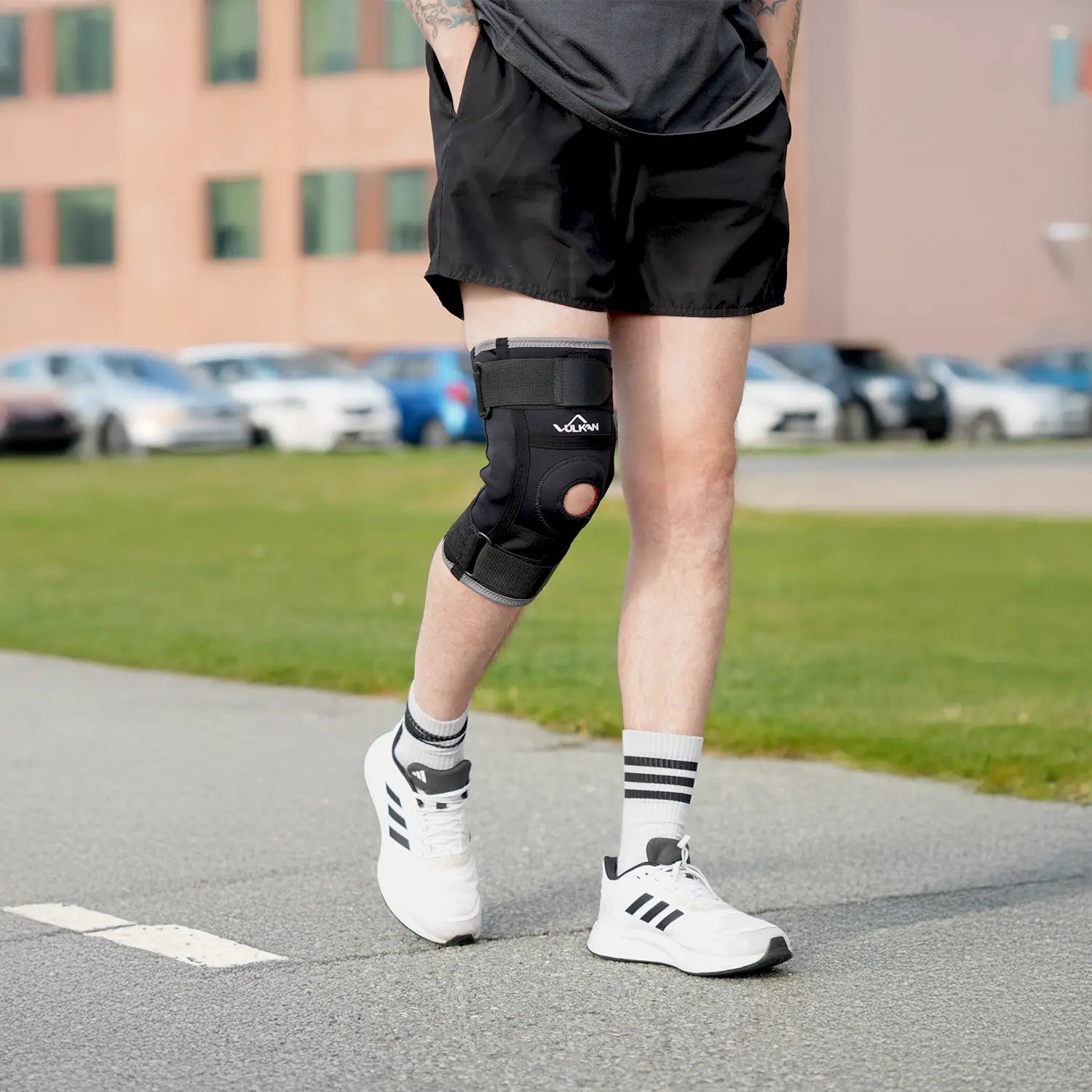
Ankle ligament injury
Content description
Ankle ligament injuries are one of the most common causes of pain and swelling in the foot. The injury often occurs in an accident, such as during sports or if the foot suddenly bends when slipping. Ligament injuries can range from minor strains to more severe ruptures, but with proper care the prognosis is usually good.
Symptoms of ankle ligament injury
The first signs of an ankle ligament injury are usually pain, swelling and sometimes bruising on the outside of the ankle. Many people immediately notice that the foot becomes difficult to support, especially in the first few days. Stiffness and pain are common, especially if you try to put weight on the foot too soon. Sometimes a feeling of instability occurs, where it feels like the foot might bend again.
Causes of ankle ligament injury
The most common scenario is that you step sideways, which often happens when running, jumping or changing direction quickly. The outermost ligaments of the foot are most vulnerable, as they take most of the load in the event of a sprain. People with weaker muscles around the ankle or previous injuries are at slightly increased risk.
Treatment and rehabilitation
In the event of a suspected ankle ligament injury, it is important to quickly reduce swelling and pain. Start by resting the foot and avoid putting more weight on it than necessary. Elevating the foot and applying ice packs can help in the first few hours. To provide stability to the ankle, an ankle brace or elastic bandage is often recommended, which provides light pressure but allows you to move the foot gently.
As the swelling goes down, it is important to gradually start moving your foot and gradually increase the load on it. Physiotherapy exercises will help you regain strength, balance and mobility. Many people find that compression stockings and special ankle supports reduce the risk of re-injury when they start being active.
Things to consider when returning to activity
For the fastest possible recovery, you should follow a rehabilitation plan tailored to your injury. Once the pain has subsided and you have regained strength in your foot, you can slowly increase your level of activity. If you play sports or are physically active, it is recommended to use an ankle support during the first few sessions back. Otherwise, recurring sprains can delay healing and lead to long-term problems.
When should I seek medical attention?
If the pain is very severe, if you cannot put any weight on your foot, or if the swelling does not decrease after a few days, you should contact your healthcare provider for an examination. Sometimes an X-ray is required to rule out bone damage. In the case of minor injuries, it is often possible to treat yourself with relief, support, and rehabilitation.
Recommended products:
How long does it take to heal a ligament injury?
Most people get better within two to six weeks. It all depends on the extent of the injury and how quickly you start rehabilitation.
Do I have to use ankle supports?
Support is recommended to reduce the risk of relapse and provide security when you start putting weight on your foot again, especially during sports.
When can I start exercising again?
Once the pain has subsided and you feel stable in your ankle, exercises that focus on balance and strength are good for recovery.
How do I reduce the risk of new injuries?
Make sure to train your ankle strength and balance. Feel free to use support or compression when exercising, especially if you have had repeated sprains in the past.







